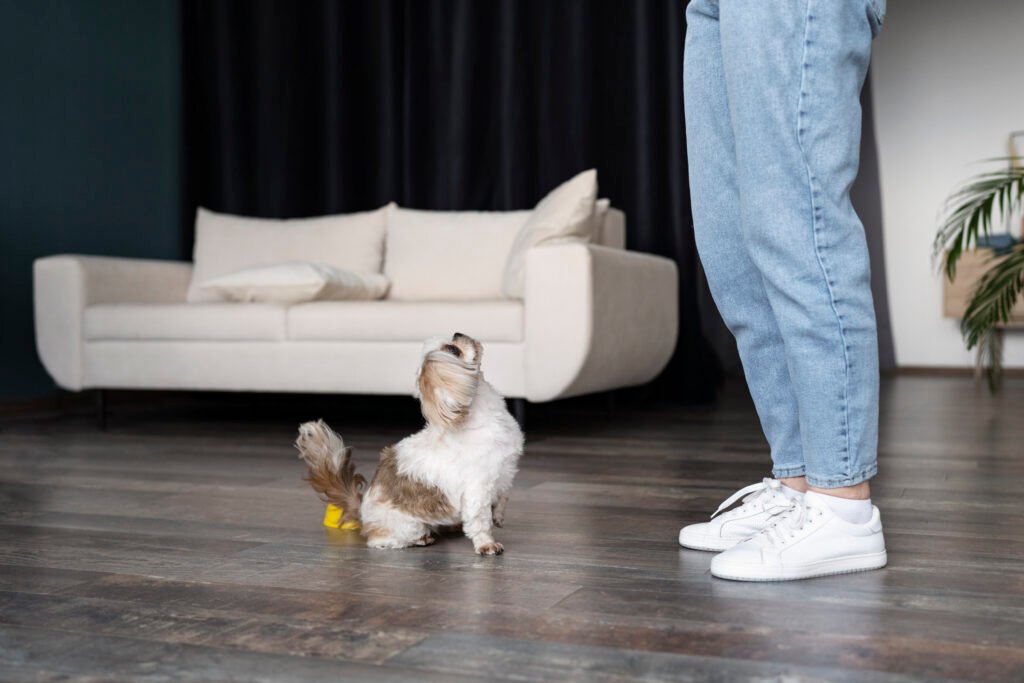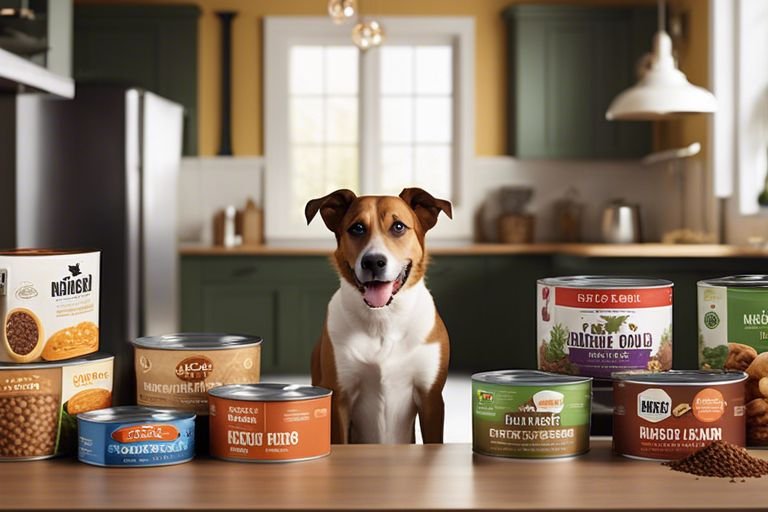The Ultimate Dog Training Handbook: House Training, Socialization, and More

Welcome to our comprehensive guide on dog training! Whether you’ve just welcomed a new furry friend into your family or you’re looking to improve your existing dog’s behavior, you’ve come to the right place. Dog training is not just about teaching your dog obedience; it’s about building a strong bond based on trust, communication, and mutual respect.

Dog Training Basics
Before diving into specific training techniques, it’s essential to understand the fundamentals of dog training. Dogs are intelligent and trainable animals, but they also have their own unique personalities and learning styles. Positive reinforcement, consistency, and patience are the cornerstones of successful dog training.
House Training and Crate Training
House training, also known as potty training, is one of the first tasks new dog owners tackle. Consistency is key when teaching your dog where and when to go potty. Crate training can also be beneficial, providing your dog with a safe and comfortable space of their own while helping to prevent accidents indoors.
How To Socialize Dogs and Puppies
Socialization is crucial for dogs of all ages, but it’s especially important for puppies. Exposing your dog to different people, animals, environments, and experiences early on can help prevent behavioral issues such as fearfulness and aggression later in life. Make socialization a positive and enjoyable experience for your dog by using treats, praise, and plenty of encouragement.
Clicker Training for Dogs
Clicker training is a popular and effective method for teaching dogs new behaviors and commands. By pairing a distinct clicking sound with treats, you can mark desired behaviors and communicate with your dog effectively. Clicker training allows for clear communication and encourages dogs to think and problem-solve.

Leash Training Dogs and Puppies
Leash training is essential for both safety and enjoyment during walks. Start by introducing your dog to the leash gradually, using positive reinforcement to encourage them to walk calmly by your side. Remember to keep training sessions short and enjoyable, and be patient as your dog learns to navigate the world on a leash.
Basic Commands and Fun Tricks
Teaching your dog basic commands such as sit, stay, and come is essential for communication and safety. Once your dog has mastered the basics, you can have fun teaching them a variety of tricks, such as shake, roll over, or play dead. Training should be a fun and rewarding experience for both you and your dog.
Proofing Behaviors and Troubleshooting
As you progress with your dog’s training, it’s important to proof behaviors in different environments and situations to ensure reliability. Be prepared to troubleshoot challenges and setbacks along the way, adjusting your approach as needed and seeking guidance from a professional trainer if necessary.

Conclusion
Dog training is a journey that requires patience, consistency, and a lot of love. By investing time and effort into training your dog, you’ll not only shape their behavior but also strengthen your bond and create a harmonious relationship based on trust and mutual respect.
FAQ
Q: How long does it take to train a dog?
A: The duration of dog training varies depending on factors such as your dog’s age, breed, temperament, and the specific behaviors you’re working on. Consistency and patience are key, and it’s essential to celebrate progress and milestones along the way.
Q: What should I do if my dog isn't responding to training?
A: If your dog isn’t responding to training as expected, reassess your approach and consider seeking guidance from a professional dog trainer. They can offer personalized advice and techniques to address your dog’s unique needs and challenges.
Q: Is it ever too late to start training a dog?
A: It’s never too late to start training a dog! While early training is ideal for shaping behaviors and habits, dogs of any age can learn new skills and behaviors with patience, consistency, and positive reinforcement.
Q: Can I train my dog without using punishment or aversive methods?
A: Yes, positive reinforcement-based training methods are widely considered the most effective and humane way to train dogs. By rewarding desired behaviors with treats, praise, and attention, you can motivate your dog to learn and cooperate willingly.




